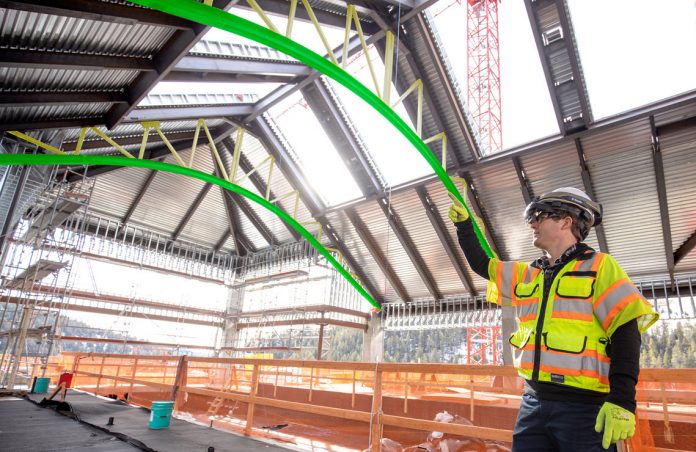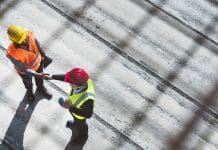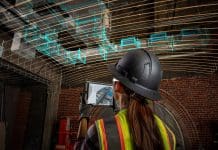Artificial Intelligence, the Internet of Things and now the preeminent trend of 2019 – digital twins. How can we make sense of all these buzzwords? We know these are important trends in the construction industry but for most of us it is unclear how, exactly, these technological futurisms actually impact construction day to day
Digital twins offer a crucial, analytic edge to BIM activity. By amassing data from several sources, and integrating that information into a 3D model, construction teams are able to gain acute insight into every component. With the aid of digital twin capabilities, BIM models are evolving to become “living,” automatically updated representations of physical assets they represent.
Unpacking industry jargon
To understand the utility of digital twins, we need to get clear on some jargon. Knowing the vocabulary of the times means keeping up with the ever-evolving business, so let’s break down the buzzwords that are propelling the construction industry.
Internet of Things (IoT): A network of internet-enabled devices that communicate with one another. This is accomplished when a device is embedded with technology that allows it to communicate and interact with other devices over the internet. IoT devices can be remotely monitored and controlled. For the purposes of twins, IoT is the framework that allows real-time updates to corresponding digital models.
Artificial Intelligence (AI): AI is a broad term that means many different things. Generally speaking, it refers to a device that can learn from external stimuli to respond to commands or accomplish a goal. When it comes to digital twins, AI is used to establish algorithms that help digital twins update automatically. For example, cameras and CO2 sensors can monitor the use of a room. With AI, the Building Information Model will be automatically updated to inform facility managers when a room isn’t being used as much, and a new room function can be assigned.
Digital Twin: A digital representation of a physical asset. When supported by IoT and AI, a twin can automatically update according to adjustments made in the real world. Twins are up-to-date copies of physical objects that deliver information on the object’s properties and states. Information can include physical orientation such as shape, position, gesture or motion, as well as insight into other statuses, interactions, and updates.
Digital twins align the real world with the virtual world and help illuminate the impact the environment has on a given physical asset. When the above technologies culminate, a digital twin is able to learn from multiple sources and automatically adjust to accurately represent the status, condition, and position of its real-world counterpart.
How to use digital twins
There are countless applications for twins within the construction industry. Thanks to instantaneous data delivery and real-time model updates, twins help improve the accuracy of 3D models, making them truly constructible.
The main benefit of digital twins within construction is that they help improve the analytical capabilities of BIM. This technology visualises the real-time status, working conditions and position of physical assets, which adds a new level of sophistication to 3D models – it even improves insight into tools and other assets.
Other common uses for digital twins in construction include:
Resource management: Create an information pipeline between the office and the field thanks to digital twin technology. With the aid of automatic data delivery, you can predict allocation issues and help balance labour costs with your budget. This helps the jobsite run more efficiently and affordably.
Value-added deliverable: Twins can be handed over to the client to help support ongoing structural enhancements. The insight they provide can help inform future decision making and offer invaluable insight into day-to-day operations. A twin can be a value-added asset for clients looking to leverage data in future optimisation projects.
Connectivity: Digital twins deliver information in a centralised platform. This technology takes BIM a bit further by automatically updating 3D models with constructible data. Component dimensions, model details, working conditions and more can be added to content-enabled models. This way, no details get lost as a model evolves with the building over the years.
No matter how the technology is used, one fact remains: digital twins enhance BIM capabilities by allowing truly constructible processes.
Models that can track, store and display complex data on-the-fly help deliver valuable, actionable information to all construction phases – and for years to come. From bidding to building, twins are the future of getting the job done.
Trimble MEP
Tel: +44 1908 608833
Twitter: TrimbleMEP
Please note: this is a commercial profile.

















